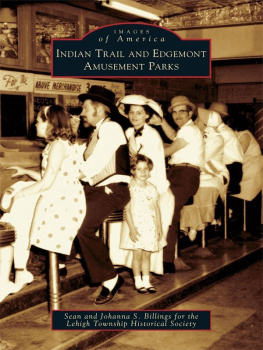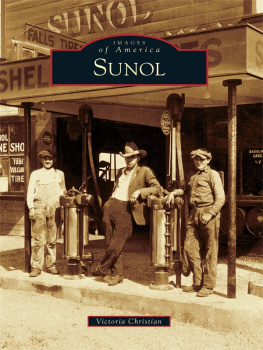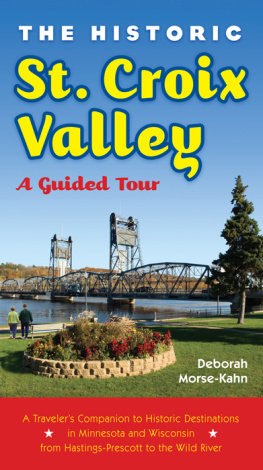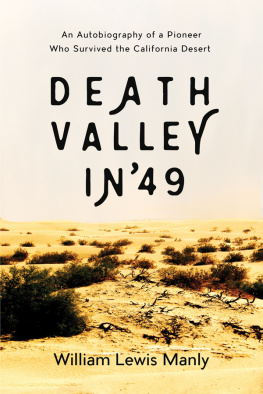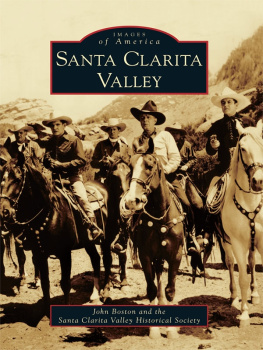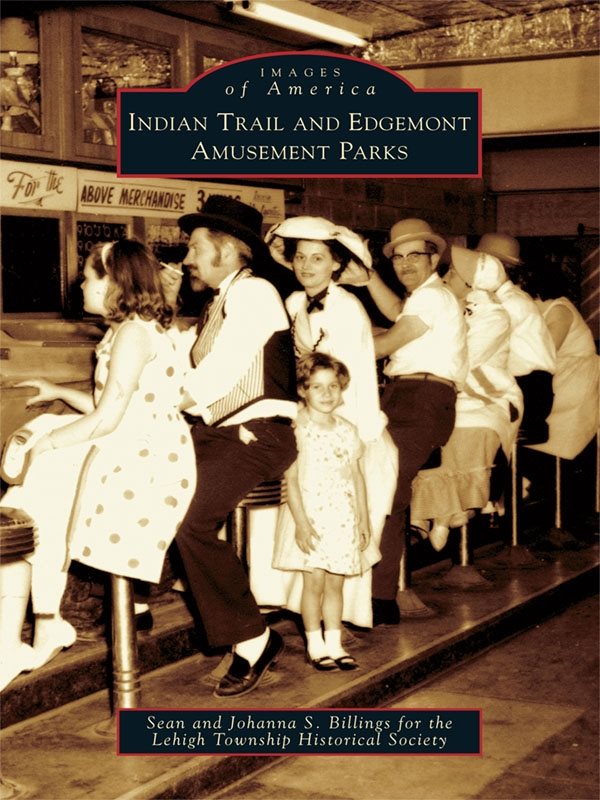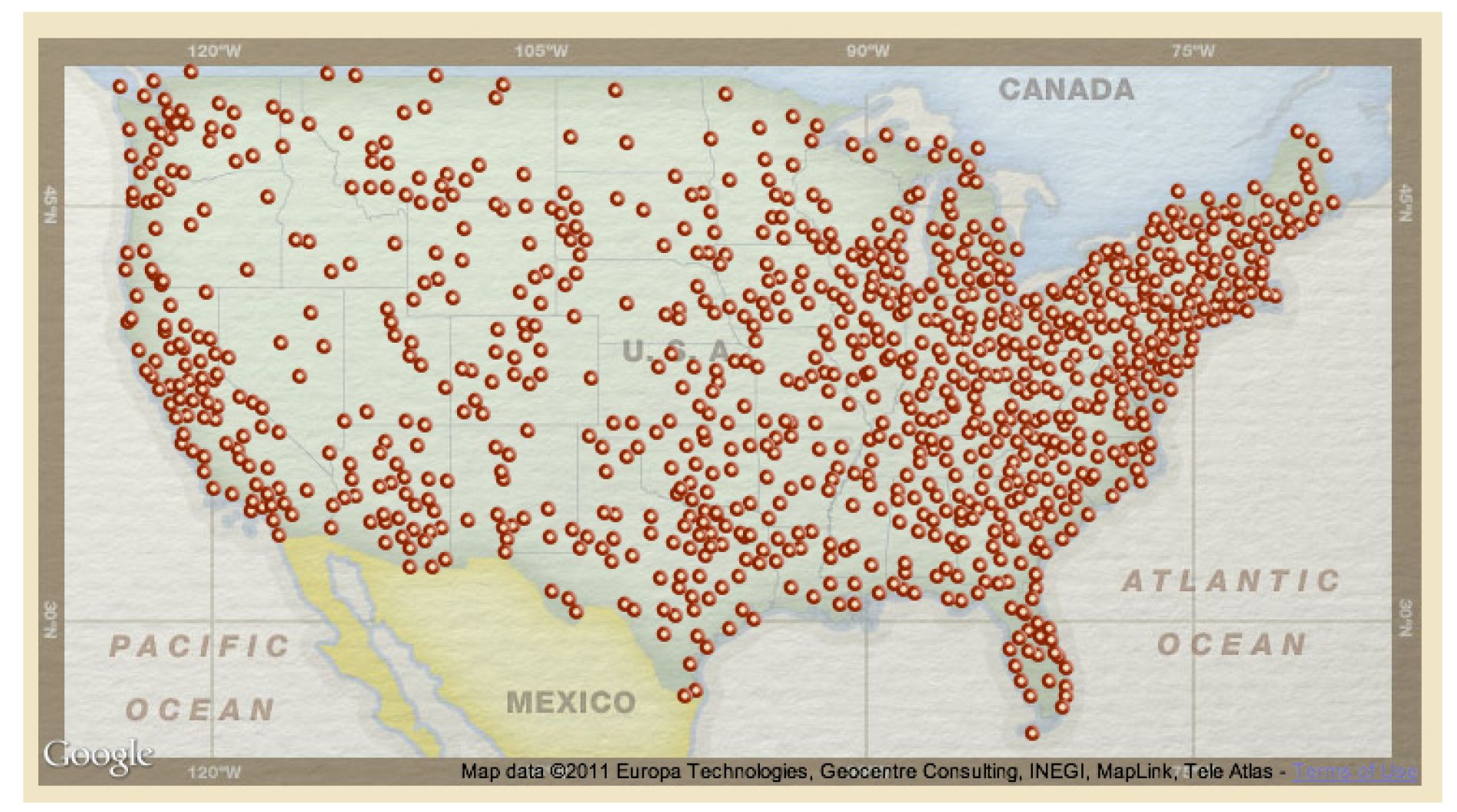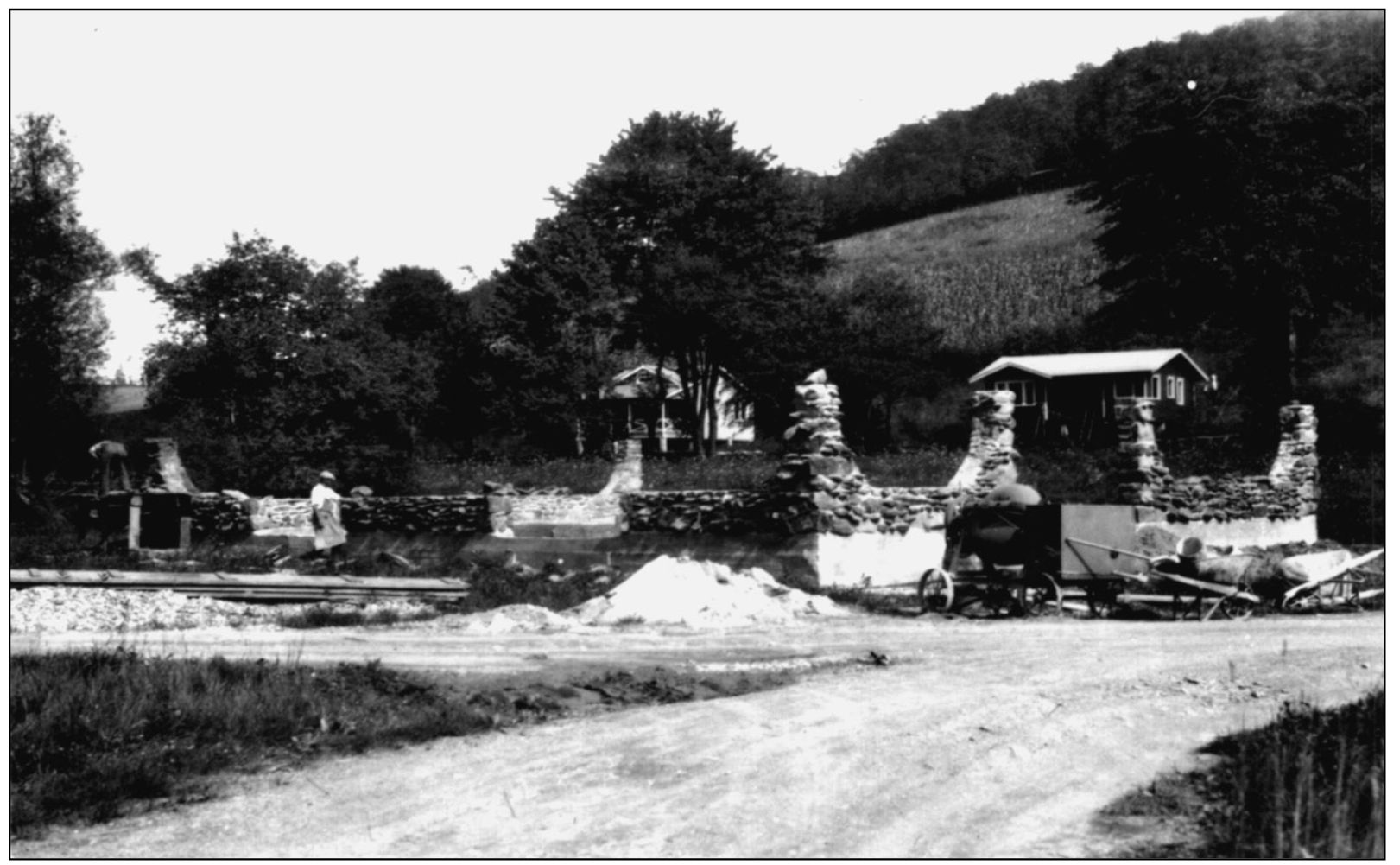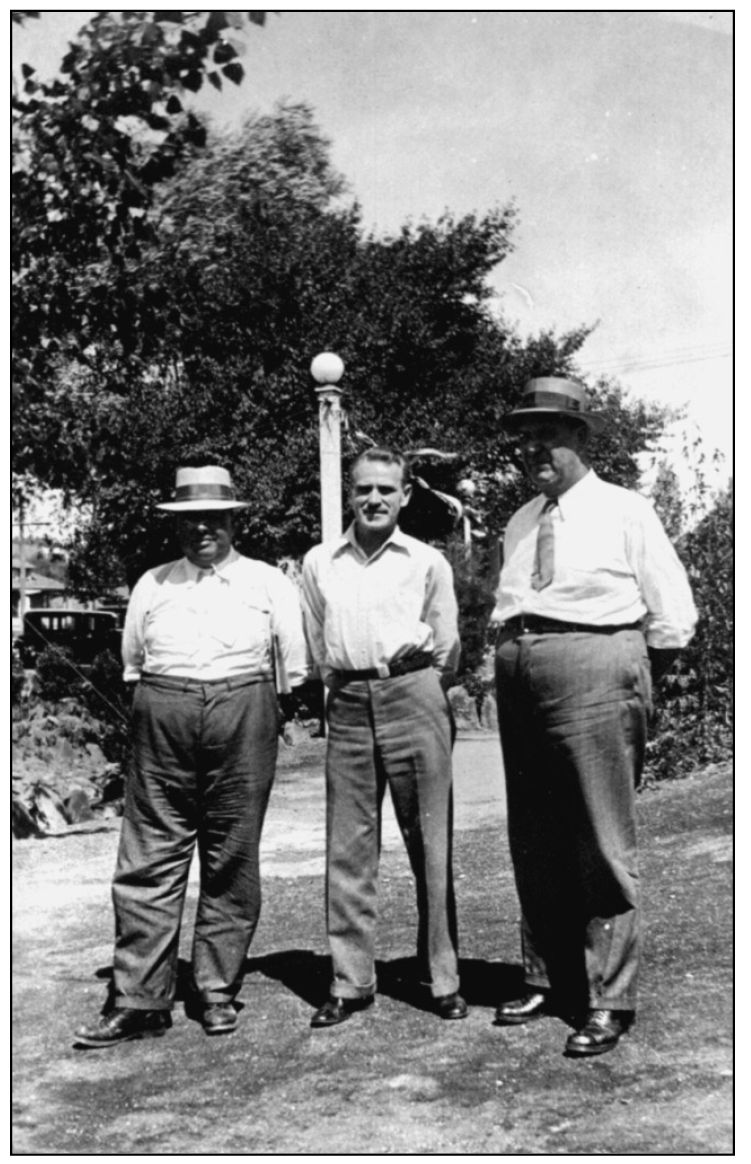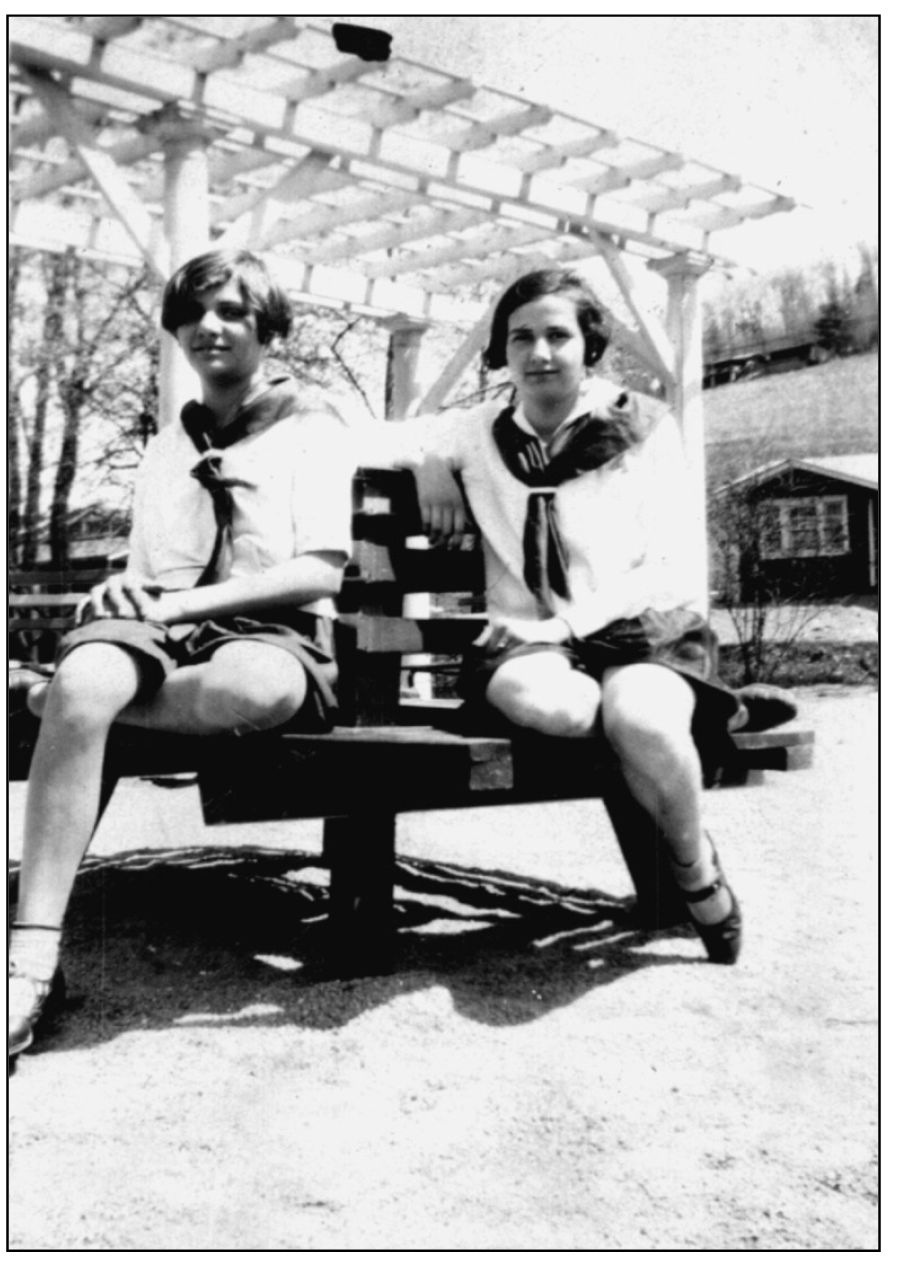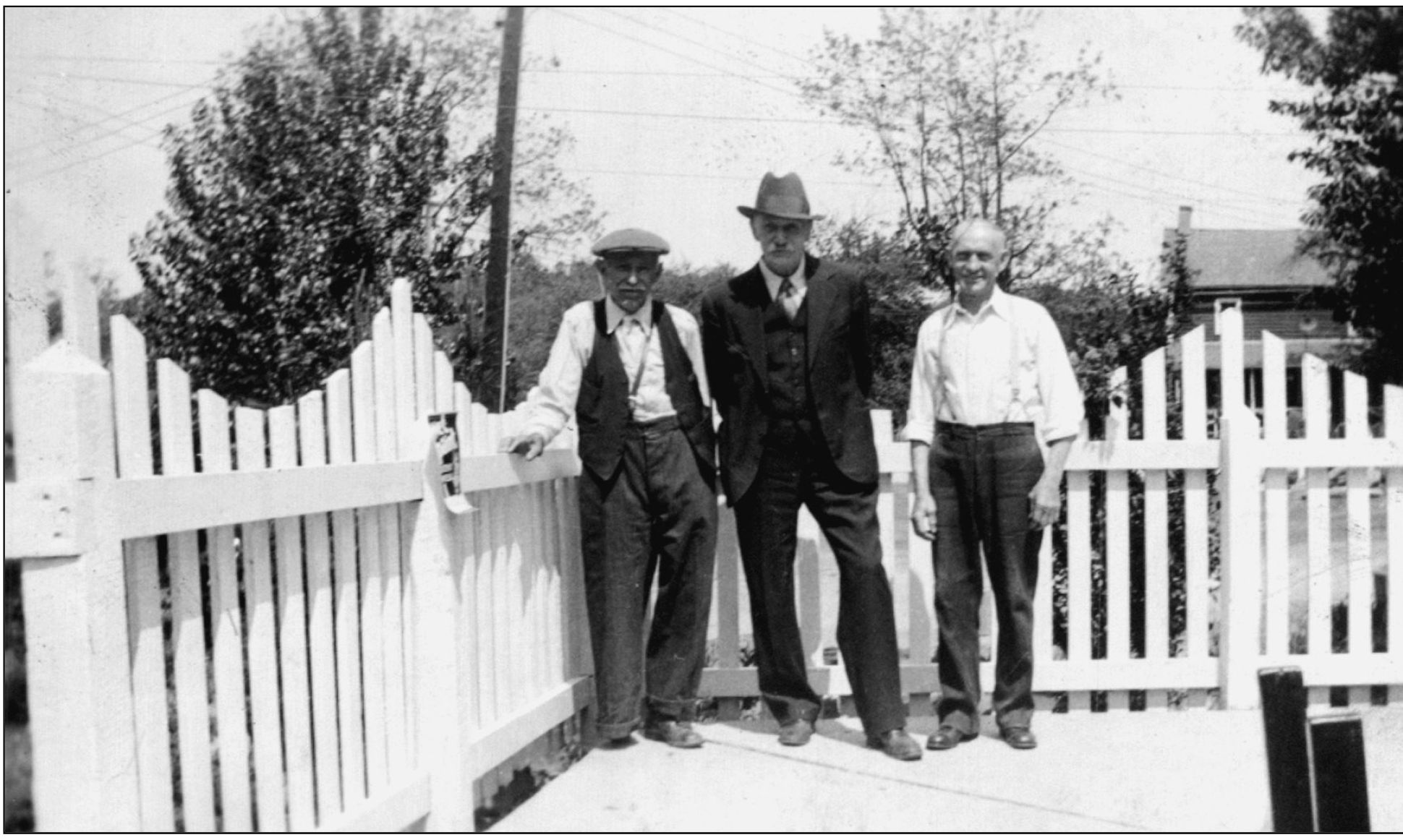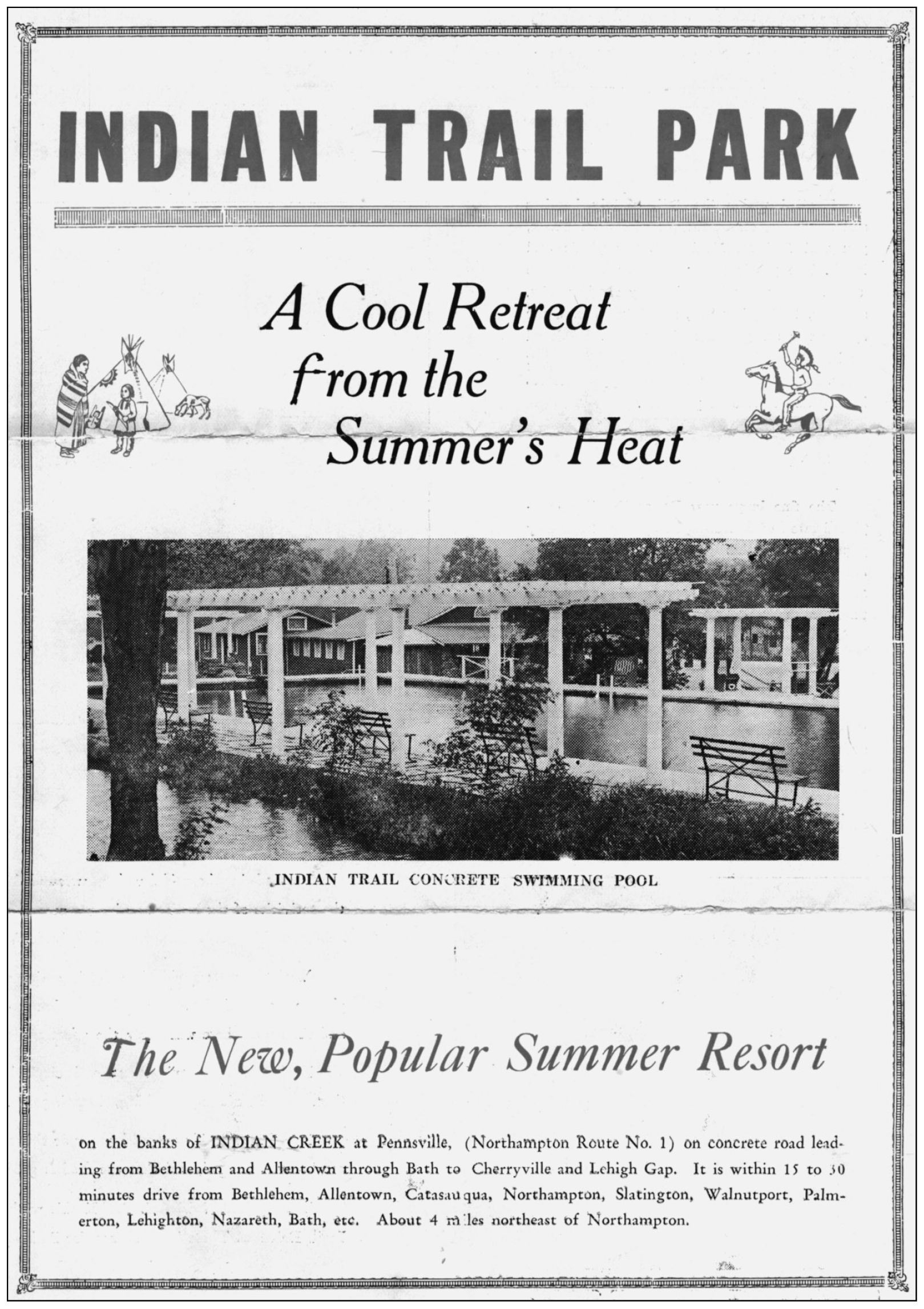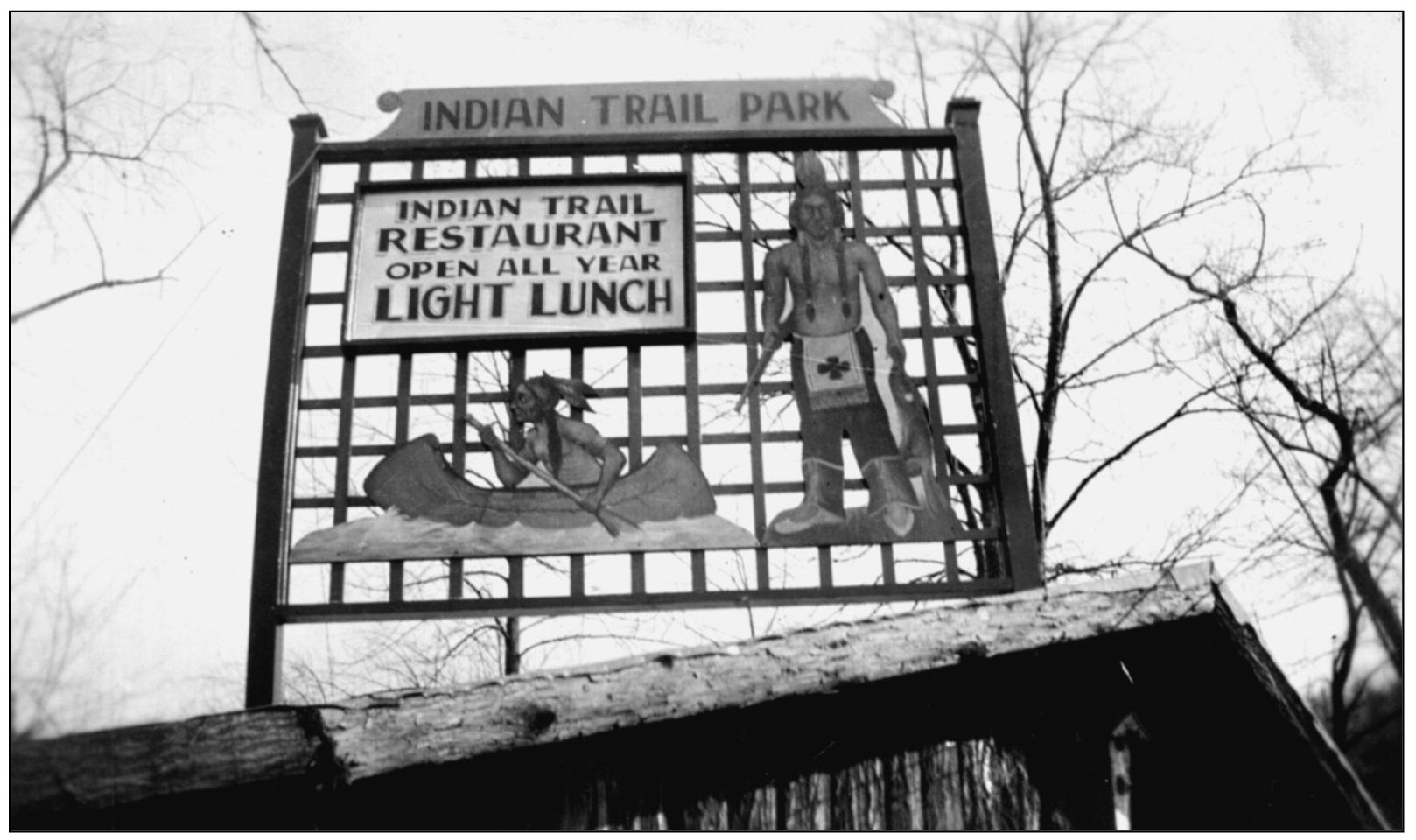One
INDIAN TRAIL PARK
THE BEGINNING
Indian Trail Park is situated on the banks of the Indian Creek in the town of Pennsville, located in Lehigh Township, Northampton County. The property is part of the original Indianland Tract set aside in 1735 by Thomas Penn as a place for local tribes displaced by early settlers. The Native Americans never used the reservation, and in 1803, Adam Dreisbach obtained 155 acres of the tract, including the area now known as Indian Trail Park. In 1804, Dreisbach sold the land to John Royer. John Applebach then purchased the 30 acres that would become Indian Trail Park. In 1818, the property, listed as a gristmill with 23 acres, was sold at sheriffs sale to Christian Hagenbuch. In 1819, he sold the land to Daniel Kleckner. The cornerstone on the building, which has since been torn down, read, 1849 Daniel Kleckner. In 1884, the land was sold to John H. Beck, then to Howard H. and Estelle N. Laubach, and then to James O. and Mary J. Hower.
Allentown building contractor Samuel Solliday and his brother William purchased the property on May 15, 1929, from the Howers. The brothers formed Indian Trail Park Inc. to build and operate the park on the land along the Indian Creek. The land was deeded over to the corporation on August 10, 1929. Samuel Solliday was the corporations president, and his wife, Lillie, was the secretary.
The Sollidays promoted the park as a picnic ground and Cool Retreat from the Summers Heat. The grounds offered a natural setting with shade, shelter, tables, benches, fountains, and campsites. Picnic areas covered about five acres along the creek. One of the parks big attractions was the concrete swimming pool, graded from two to nine feet in depth. The pool had lifeguards and a modern dressing room with steel lockers. Benches and umbrellas surrounded the perimeter of the pool for use by patrons. The entire park was beautifully landscaped with fish ponds, fountains, and stone walls surrounding the gardens.
The park also contained a penny arcade, run by Amandes Jacoby in the early days. One machine created aluminum circles customized with a persons name on them. Other machines offered postcards featuring photographs of movie stars. The penny arcade also included moving picture machines and a crane that scooped candy and dumped it into a shoot.
If a picnic was not in a patrons plans, soda, popcorn, candy, and hot dogs could be purchased at concession stands, or meals could be purchased at the restaurant. Amandes and Sarah Jacoby ran the concession stand in the early 1930s for the Sollidays. As a child, Elda Jacoby would be sent from the concession stand to the restaurant to stock up on popsicles when the stand ran out.
Burro rides, another popular attraction, were given by six burros brought in from Texas and cared for by a man named Harry Trexler. Four of them were named Ginger, Clara, Jack, and Bill. The names of the other two are unknown.
The first rides at the park included a roller coaster and merry-go-round. The roller coaster, though small by todays standards, was fast and exciting with small individual cars, rather than a train of cars, going around the circuit. The merry-go-round was an Illions machine with Dentzel horses. The two inner rows traveled up and down, and the outer row remained stationary. A long arm sticking out contained metal rings made of steel and brass. If you could grab a brass ring on the way around, you won a free ride. One of the horses from Indian Trails merry-go-round ended up at Knoebels Amusement Resorts carousel museum in Elysburg.
Indian Trail Park Inc. also offered land for sale on the hillside overlooking the park. Twenty summer bungalows were built there on lots 50 to 60 feet wide. In the early 1930s, the lot prices ranged from $275 to $400, according to the brochure.
The Trading Post at Indian Trail Park was constructed in 1929. (Courtesy Hilda Solliday Gaugler.)
Some of the cottages and the dirt roads are visible behind the Trading Post, shown under construction in 1929. (Courtesy Hilda Solliday Gaugler.)
William (left) and Samuel Solliday (right) started the park in 1929. Shown with them is a man named Bill Beitler. (Courtesy Hilda Solliday Gaugler.)
Samuel and Lillie Solliday had two daughters, Hilda (left) and Irene, seated at a table near the pool. (Courtesy Hilda Solliday Gaugler.)
Harvey (left), Pappy Knoll (center), and Harry Trexler stand by the pool. Harvey, who had a wooden leg, made baskets that were sold at the park. Pappy Knoll was Lillie Sollidays father, and Harry Trexler took care of the burros while his wife cooked at the restaurant. (Courtesy Hilda Solliday Gaugler.)
This early advertising brochure shows the pool, with the back of the Trading Post visible behind. (Courtesy Hilda Solliday Gaugler.)

